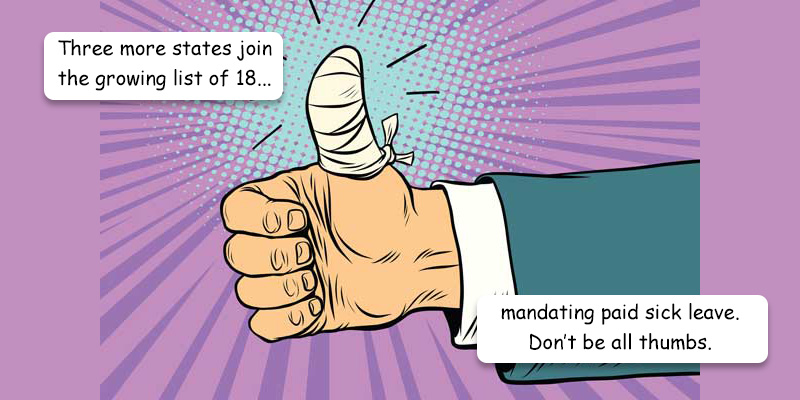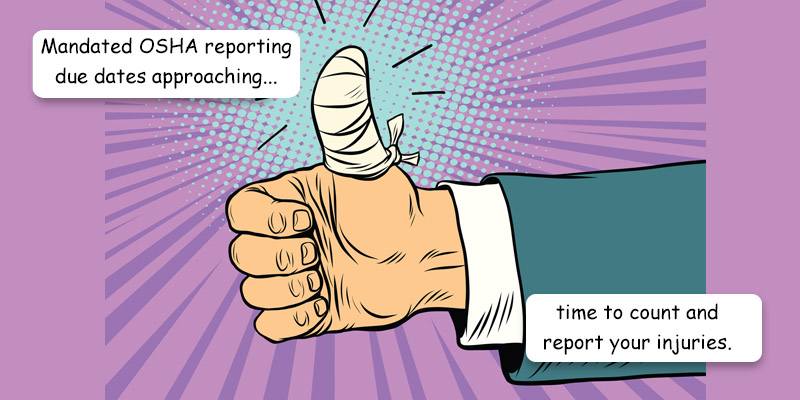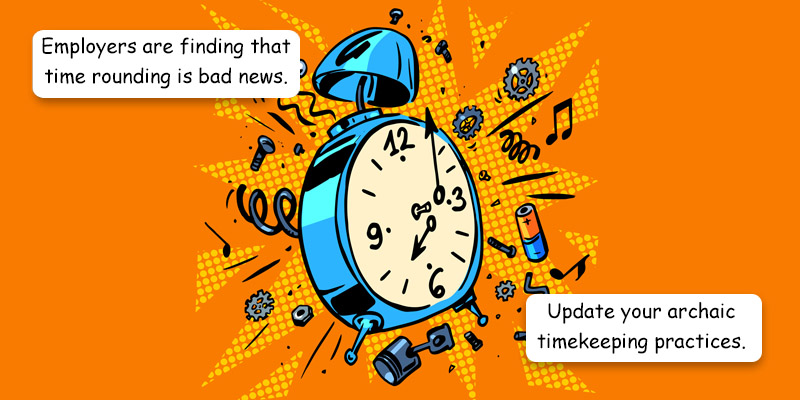Currently, there is no federal law guaranteeing even one day of paid sick leave to workers, with the exception of federal contractors and government employees. There is the Family Medical Leave Act, but that simply provides the ability to take unpaid job-protected leave for specified family and medical reasons. There was an attempt back in 2016, where President Obama called on Congress to pass the Health Families Act which would have expanded sick leave to all private-sector workers, but it did not pass the House. Since that time, states and localities have taken action to provide all workers, within their…
Posts published in “Employee Management”
Compensatory time, or “comp time,” is an alternative to overtime pay where employees receive paid time off instead of extra wages for overtime hours worked. But, not so fast. While this may seem like a useful tool for managing labor costs and scheduling, its legality depends on the type of business and the classification of employees. Employers must understand the rules before offering comp time to avoid legal issues. The legality of comp time depends on whether an employer operates in the public or private sector: Public-Sector Employers: Under certain prescribed conditions, employees of state and local government agencies are…
Paid Time Off, including Sick, Vacation, and the like policies, are an essential employee benefit, allowing workers to take time off while still receiving compensation. Many employers also offer PTO cash-out options where employees can receive payment for unused leave. However, these policies must be carefully structured to avoid unintended tax consequences under the IRS constructive receipt doctrine. If improperly designed, a PTO cash-out policy could result in employees being taxed on income they never actually received. This article explains how constructive receipt applies to PTO payouts and outlines strategies employers can use to structure PTO policies in a tax-compliant…
OSHA Recordkeeping and Reporting Begins February 1 The Occupational Safety and Health Act of 1970 created the Occupational Safety and Health Administration (OSHA) to ensure safe and healthful working conditions for workers. It is a division of the U.S. Department of Labor and they set and enforce standards, as well as reporting requirements. In short, it is one more set of government regulations many businesses will need to comply with, or otherwise, face penalties. Form 300A Posting Requirement From February 1 to April 30, 2025, covered employers* with 11 or more employees at any time in 2024, must post OSHA…
Most years, the only thing we have to worry about when it comes to retirement plan administration is adjusting for the cost-of-living increase to contribution limits. Some years we don’t even have that, but this year is an exception with that, plus major changes you will need to make and consider. So first, the easy stuff. The cost-of-living increase, to the maximum amount an individual can contribute to their 401(k), 403(b), governmental 457 and the Thrift Savings plans, will be increased to $23,500, up from $23,000 in 2024. The catch-up contribution will remain at $7,500 and the limit on annual…
Did you hire someone who is giving you pushback on submitting a W-4 form, or maybe they even presented you with a little-known tax form stating that they do not pay taxes? If so, you may have hired a tax protestor. No need to panic; you may be able to talk some sense into them. Tax protestors could simply be misinformed individuals, and with social media exposure, that is easy to come by. I have seen TikTok videos, X posts, YouTube and the like, falsely leading people down this path. They claim that taxation is voluntary, does not apply to…
I am surprised that I have not covered maternity leave in the past nine years, as it is a relevant topic that can impact every employer from the beginning of time. In fact, at PayMaster we have had about a dozen employees take time off for maternity or paternity leave over our past 30 years; there were even twins once. The term maternity leave covers an employee who is away from work to care for the addition of a child to their family through birth, adoption or foster care placement, but what does it entail? Eligibility, including whether one is…
While there are regular updates to the minimum wage for hourly employees, at least on the state level, changes to the minimum salary for Fair Labor Standards Act (FLSA) exempt employees are not as common. Looking back twenty years ago to 2004, the minimum weekly salary for a FLSA exempt employee was only $445. In 2016, President Obama attempted to double that weekly amount to $913, but a federal judge blocked it just days before it was to take effect. It was ultimately increased to $684, effective January 1, 2020, where it currently stands. As of July 1, 2024, the…
Time rounding. A practice that once had a purpose, should go the way of the dinosaurs. Back in the caveman days, when an employee stuck their timecard in a dinosaur’s mouth to punch in and out, payroll administrators needed a quick way to total hours. The fastest way to do that was to round punches; Looking at a shift and seeing 9:06 a.m. to 5:03 p.m. or 8:55 a.m. to 5:07 p.m. and calling them both as eight-hour days. With modern technology, that is no longer the case. Automated timekeeping systems are able to calculate punches to the minute without…









